- All Events
- Wine Tours
- Wineries
- Blog
- About
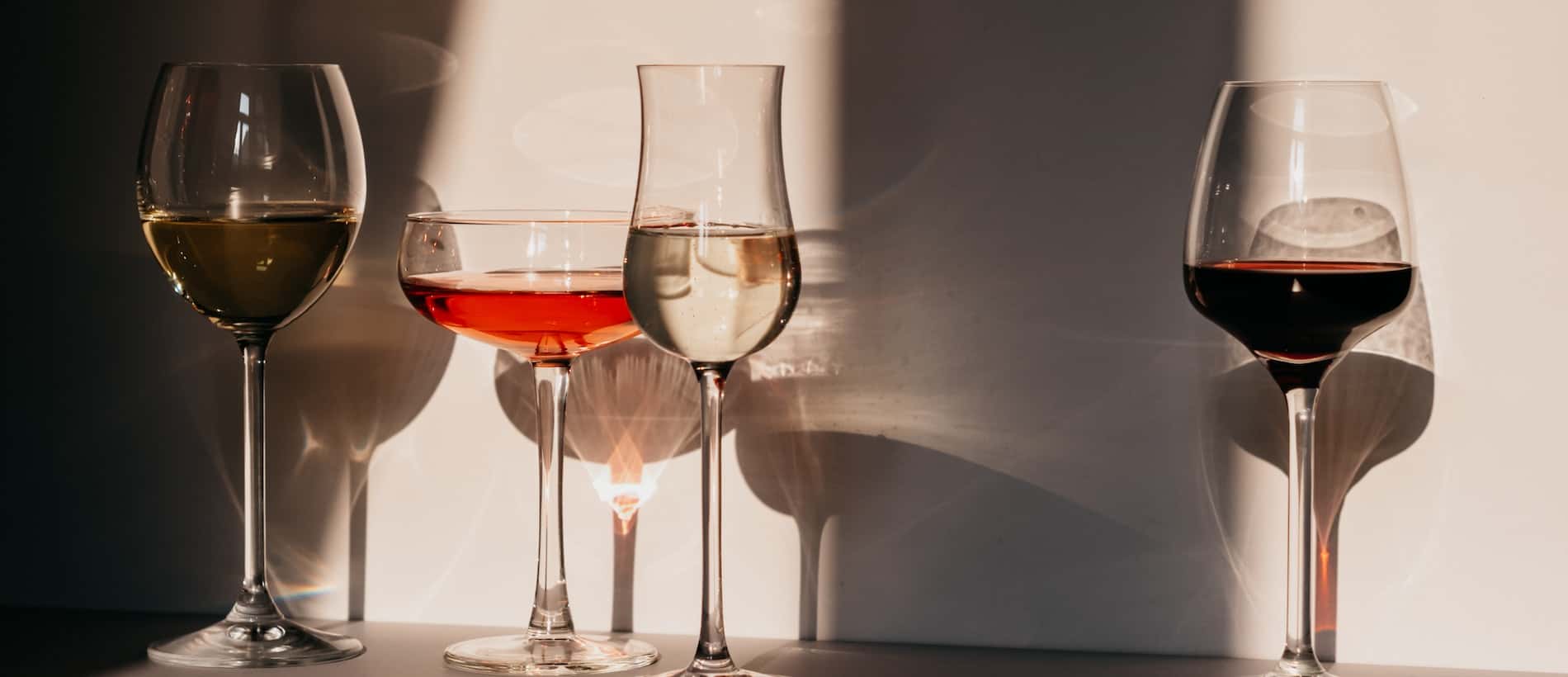
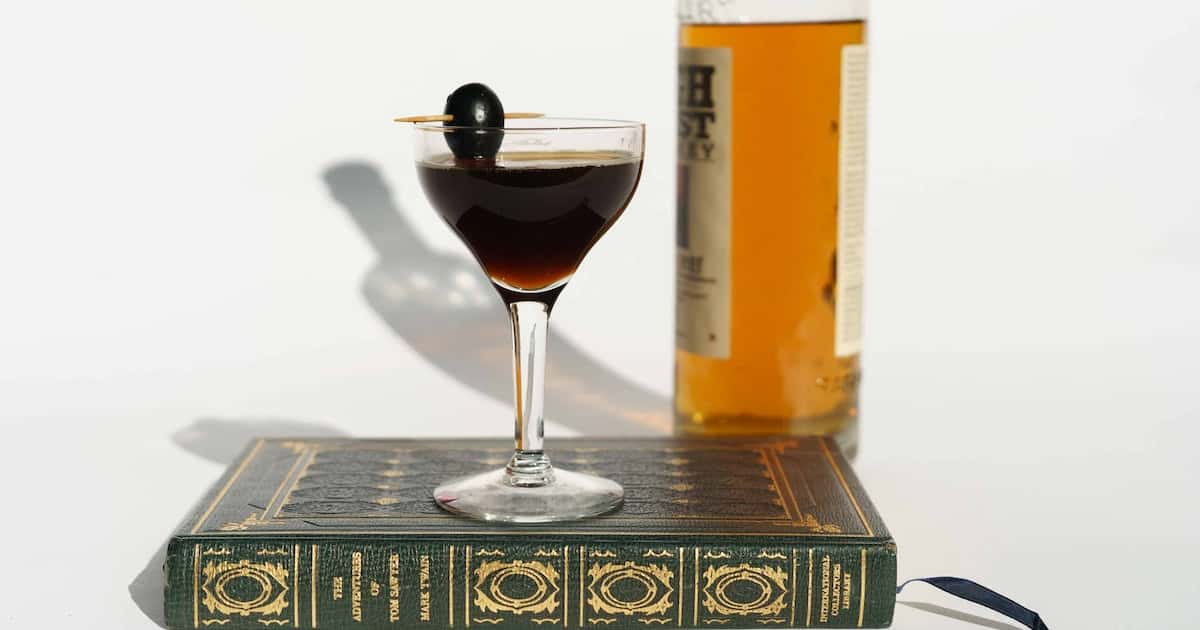
Vermouth is often misunderstood, and dare we say it, underappreciated, in today’s cocktail culture. This carefully curated powerhouse of a beverage has been around since about 8,000 years ago. Its life began when the Chinese developed a method to infuse botanicals in fortified wine as a sort of “cure-all” for sickness.
This Chinese beverage wasn’t exactly the Vermouth we know today, but it was darn close. Fast forward to Italy in the late 1700s and you’ll start to see commercialized Vermouths made by a man many consider to be the Godfather of Vermouth, Antonio Benedetto Carpano. A trustworthy recipe was devised and all that was left to do was some good old-fashioned globalization and American bartenders took care of the rest.
The 1853 World’s Fair held in New York City would ensure Vermouth’s strong influential spread, one that would help create many of our favorite cocktails today like the Manhattan, Martini, and the Negroni. Soon after New York bartenders got a hold of this specialty, an American cocktail era began, and with it a surge of excitement for artisanal beverages.
Want to learn more about Vermouth’s rich history? Check out Vermouth: The Revival of The Spirit that Created America’s Cocktail Culture by Adam Ford, the first comprehensive study of Vermouth.
So, we have a foundational understanding of how Vermouth came to be, but what is this elusive entity really made of? This spirit is defined as being an aromatized and fortified wine meaning many different botanicals are intentionally infused (making it aromatized) with wine that has had alcohol added to it (making it fortified). This technique has been traditionally used in the three major Vermouth styles; Sweet (sweet and red), Dry (dry and white), and last but not least Blanc Vermouth (sweet and white), all offering different flavors and characteristics to cocktails, as Wine Folly has carefully explained. You can certainly try any vermouth product on its own with some ice which makes for a great digestif after a meal! Try pouring a little soda water on top and serve with a fresh lemon peel for a nice refreshing afternoon spritz.
Related: 3 Cocktails Using Limoncello
Vermouth gets its pronounced character from the many different herbs, spices, roots, and citrus ingredients, known as botanicals, that are extracted and infused through means of maceration or distillation. Here are just a few examples:
Herbs – juniper, oregano, lavender, roman chamomile, orris root, gallic rose, angelica, marjoram, hyssop, ginger, coriander, honeysuckle flower, sage. The daisy-related herb called wormwood from the Artemisia absinthium family is most common and synonymous with Vermouth production.
Citrus – Lemon/lime peels, grapefruit peel
Spices – vanilla bean, star anise (licorice), allspice, cardamom, cinnamon, nutmeg, and clove
The list is endless as are the possibilities for different delicious beverages when botanicals are involved. Next time you spot that dusty bottle of Vermouth at the bar, remember the permanent mark this fine expression of botany has left on the cocktail world.
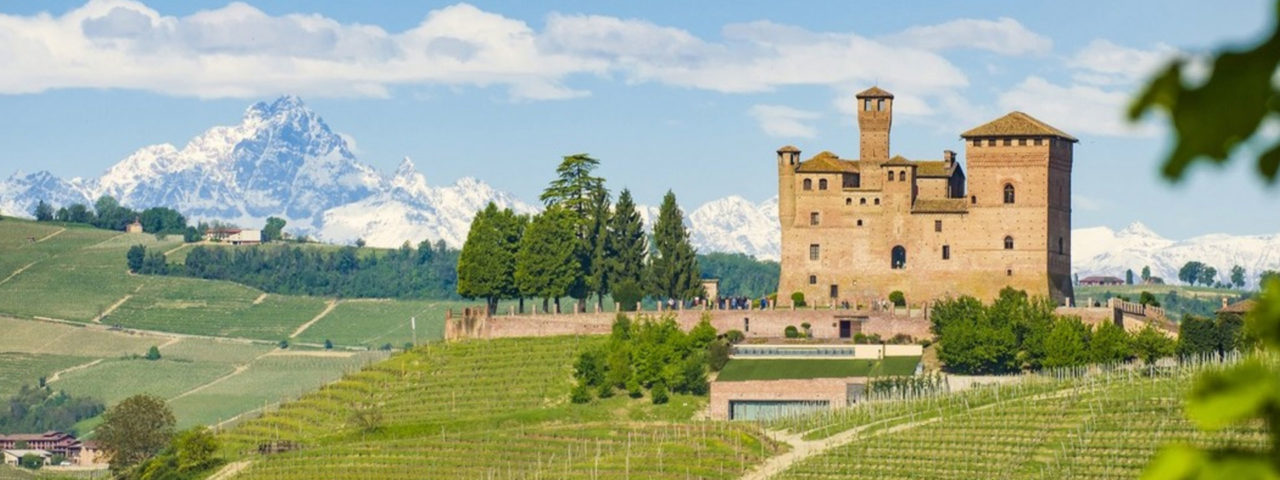
Oct 23 – 30, 2021
6 nights, 7 days
Milan, Barolo, Alba, and Turin
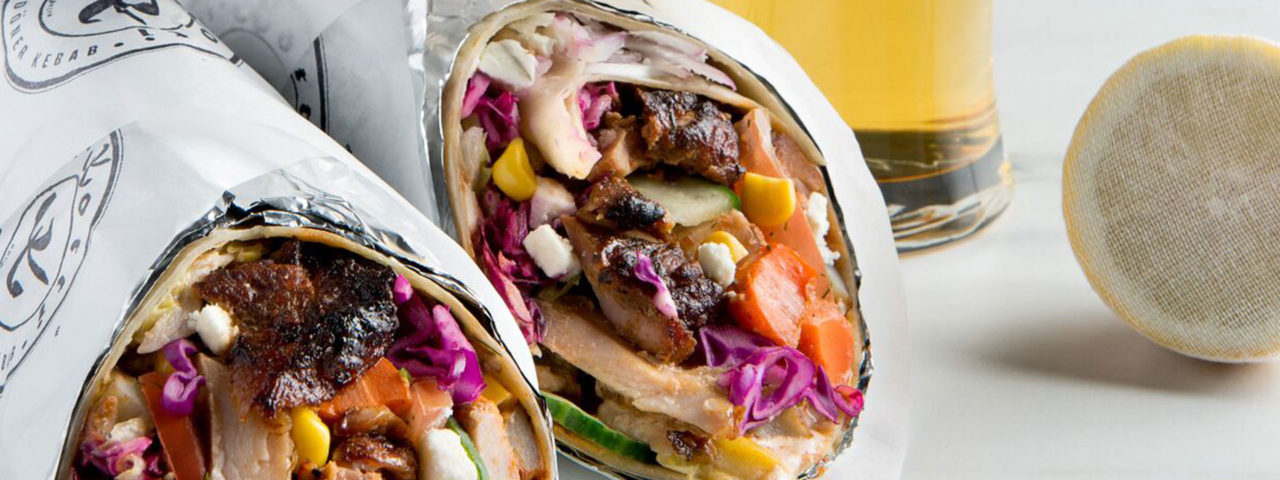
Join us for a Virtual Food & Wine Pairing with Brooklyn’s Kotti Berliner. Explore delicious döner kebabs paired with wine. Meet Kotti founder, Erkan Emre.
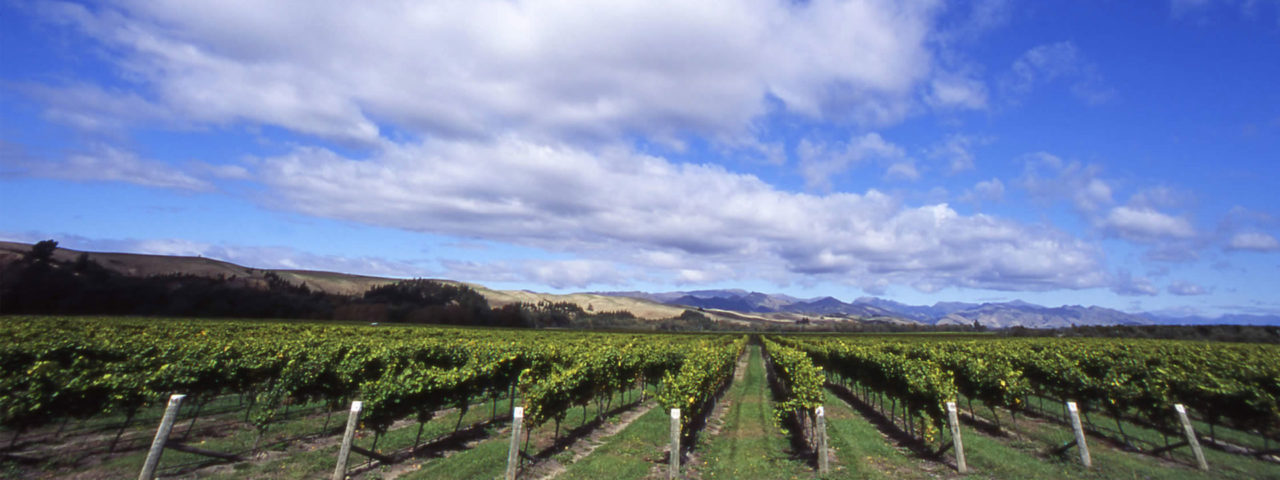
Join us for a Virtual Tasting with one of America’s leading importers of high-quality Portuguese wines.
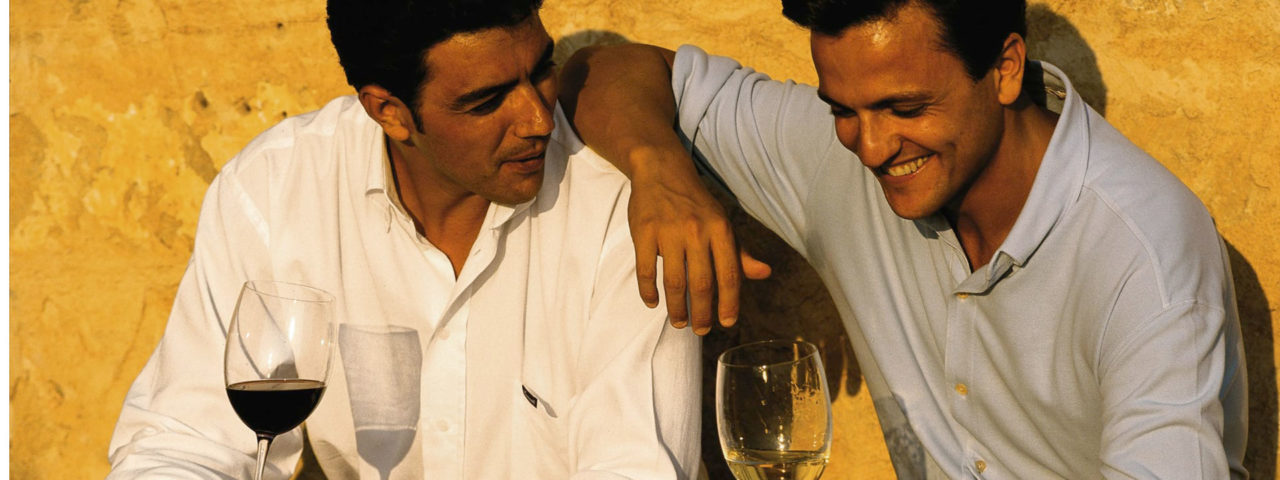
Join us for a Virtual Tasting with the maker of the #1 selling Sicilian wine in the U.S.
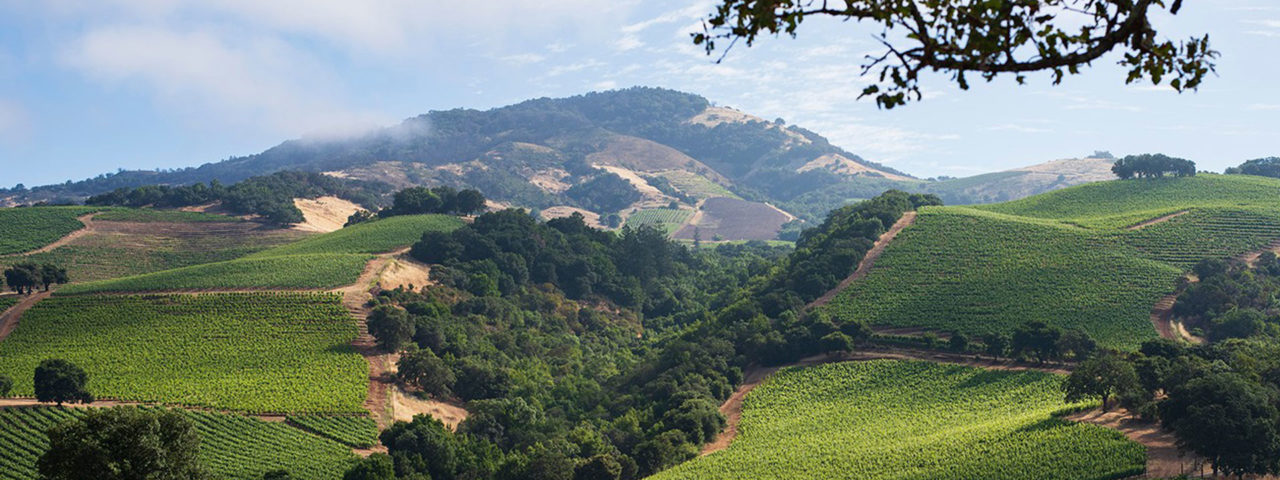
Join us for a Virtual Tasting. The Kunde family has farmed an 1,850-acre estate in Sonoma Valley for 100 years.

Join us for a Virtual Tasting. Great wine starts in the vineyard.
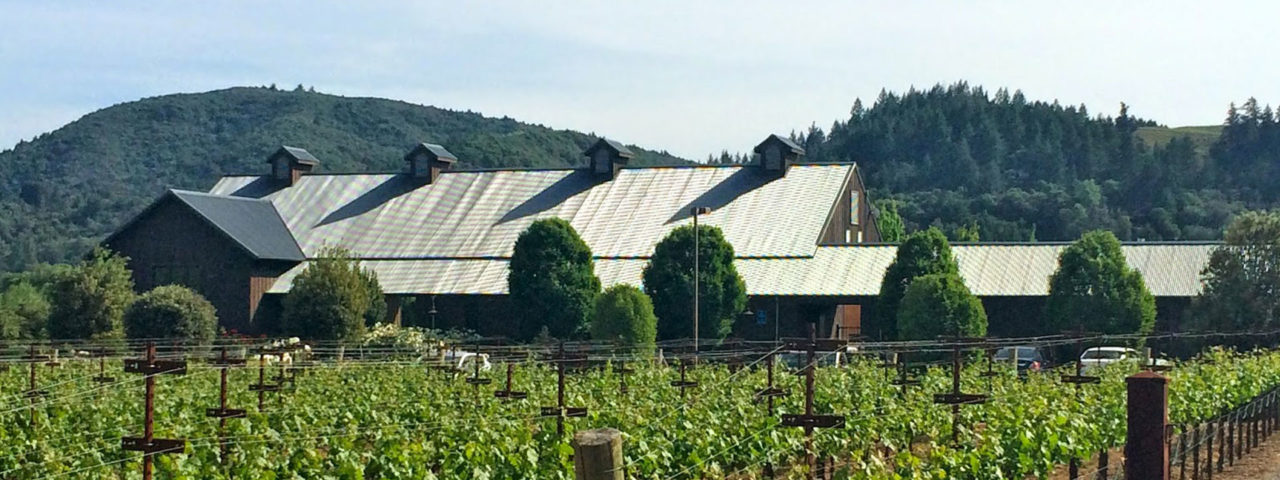
Join us for a Virtual Tasting. Distinctive and hand-crafted wines produced from award-winning vineyards.
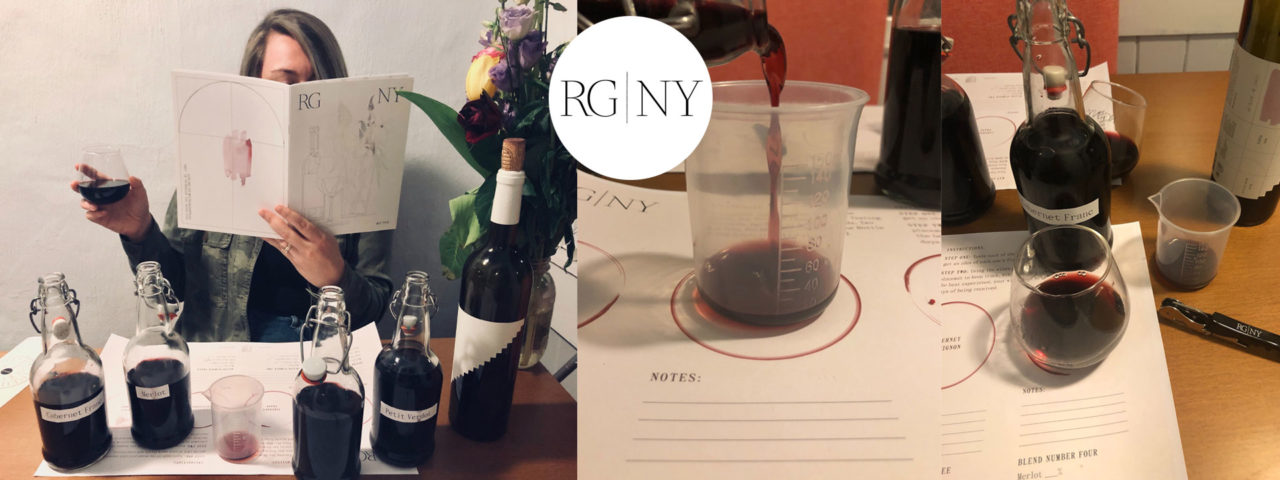
Be your own winemaker for a day — guided by a professional on Zoom video!
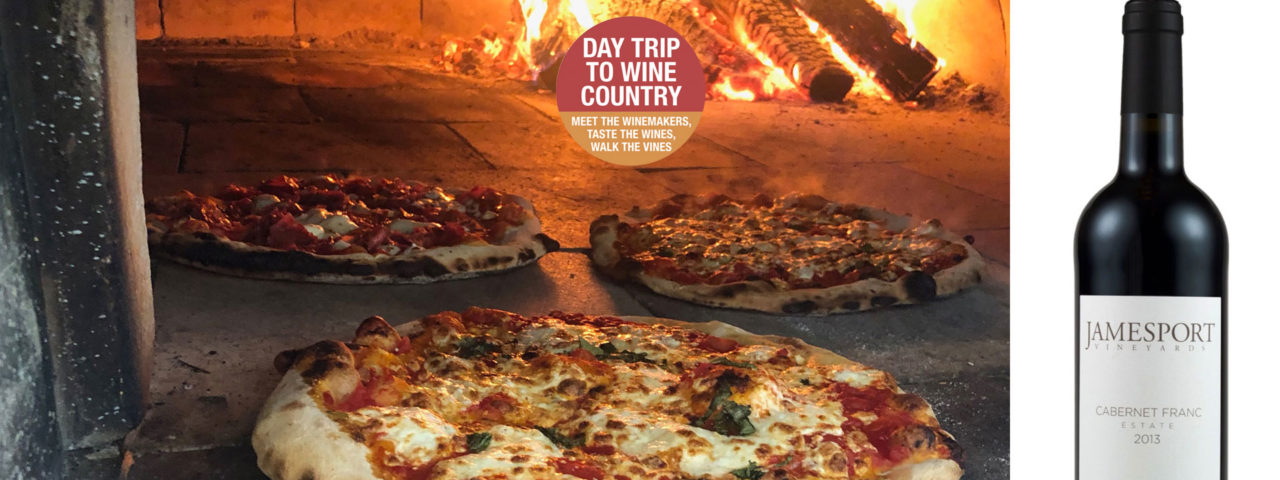
What’s better than great wine and artisanal pizza?
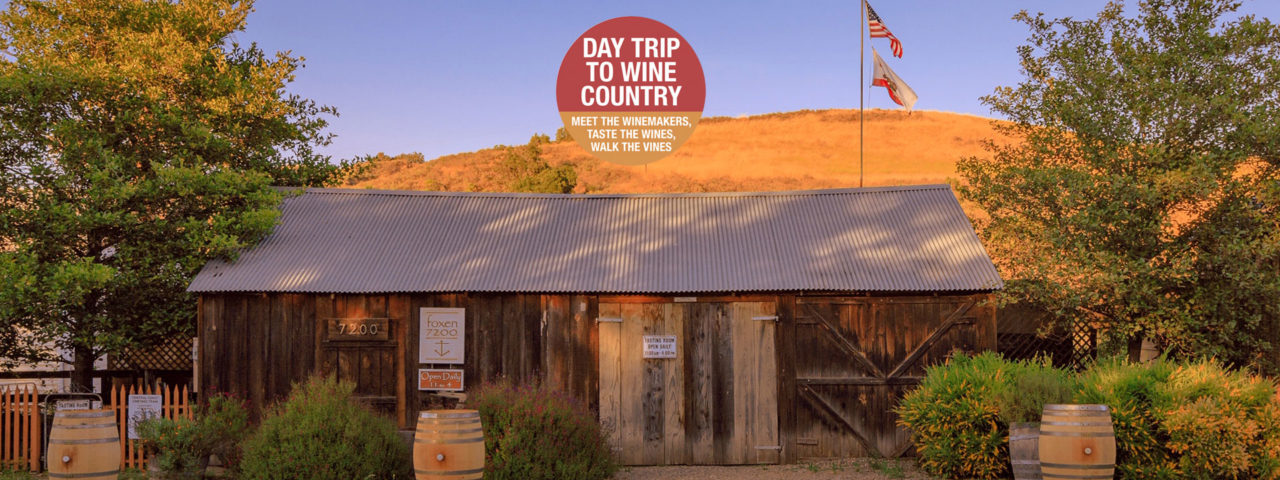

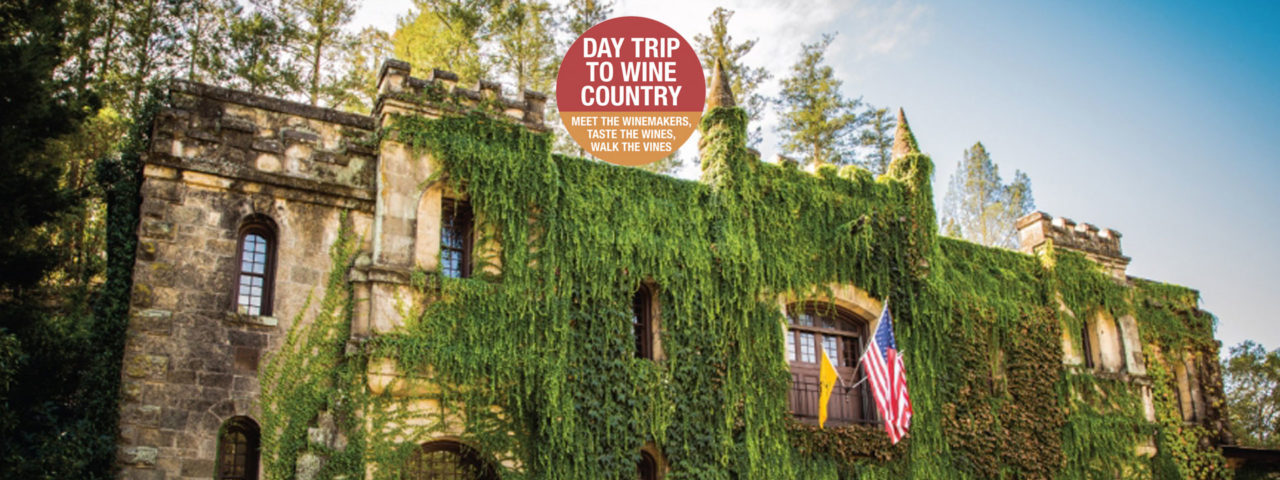

The New York Times described Ridge Monte Bello as “America’s greatest Cabernet Sauvignon.”
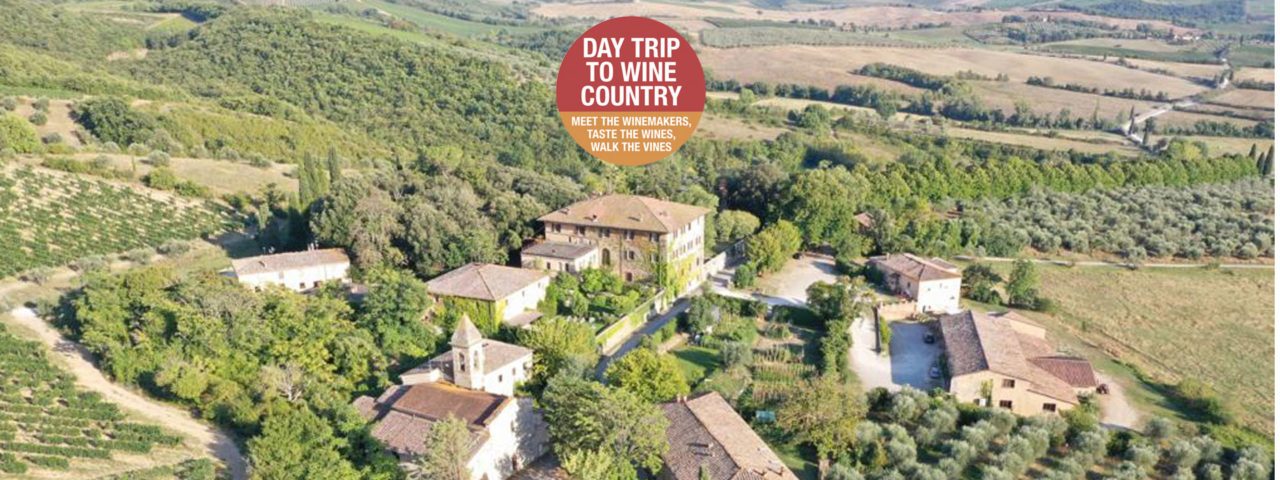
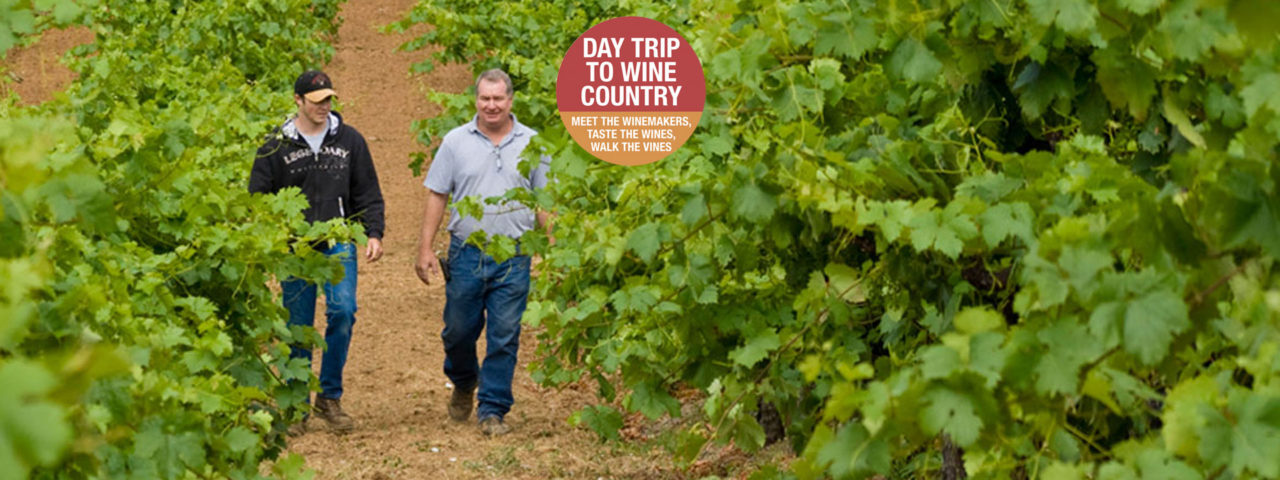
Four Generations of Family Pride at Pedroncelli Winery, since 1927
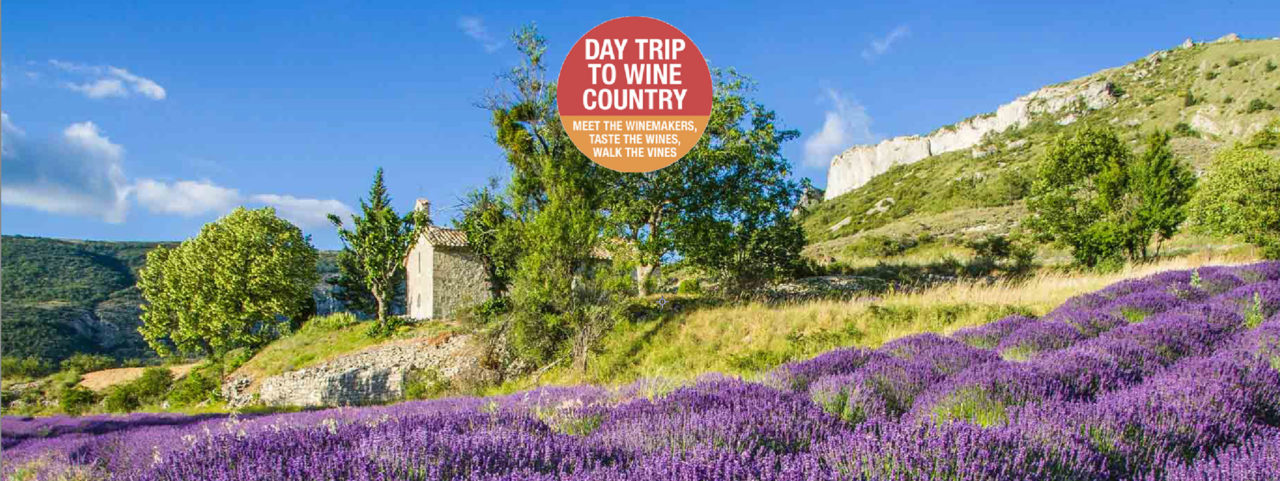
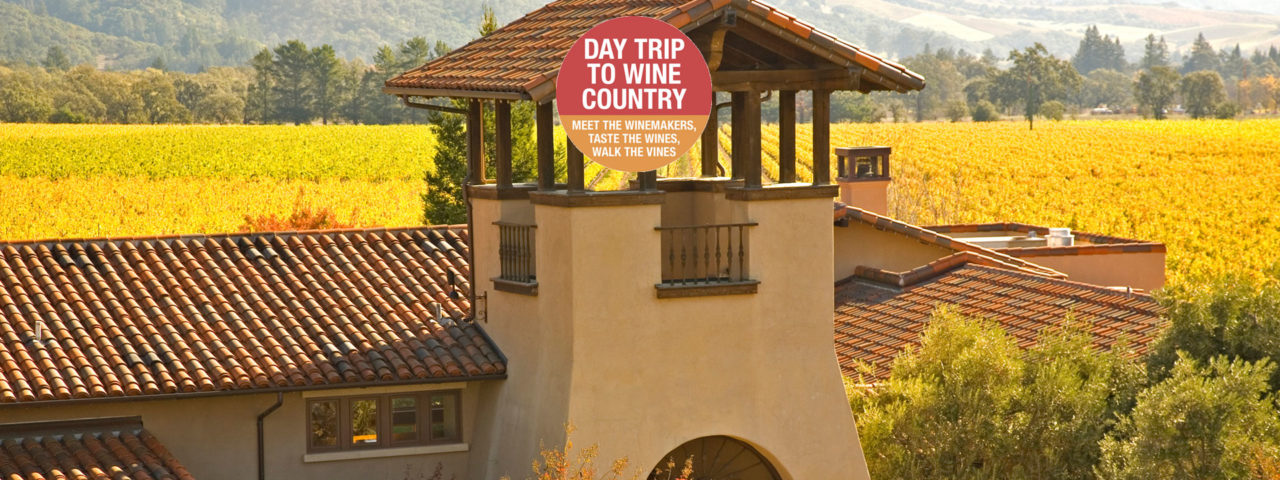
Voted “#1 in America” in 2013 and 2015 by Open Table customers.
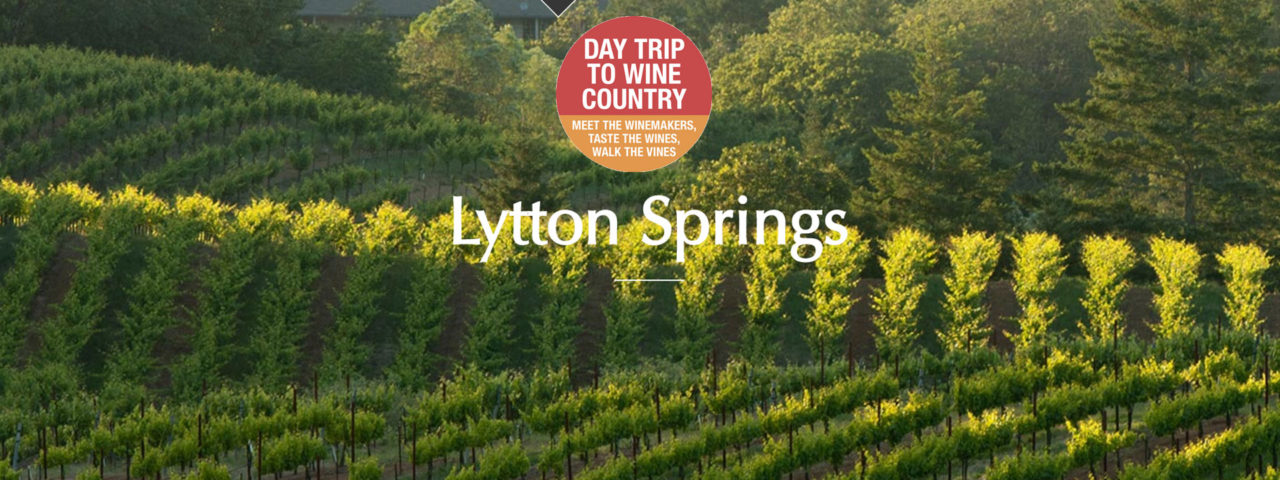
The New York Times described Ridge’s Cabernet Sauvignon as America’s greatest.

Visit the famous wine-growing region of Lodi County, California – virtually!
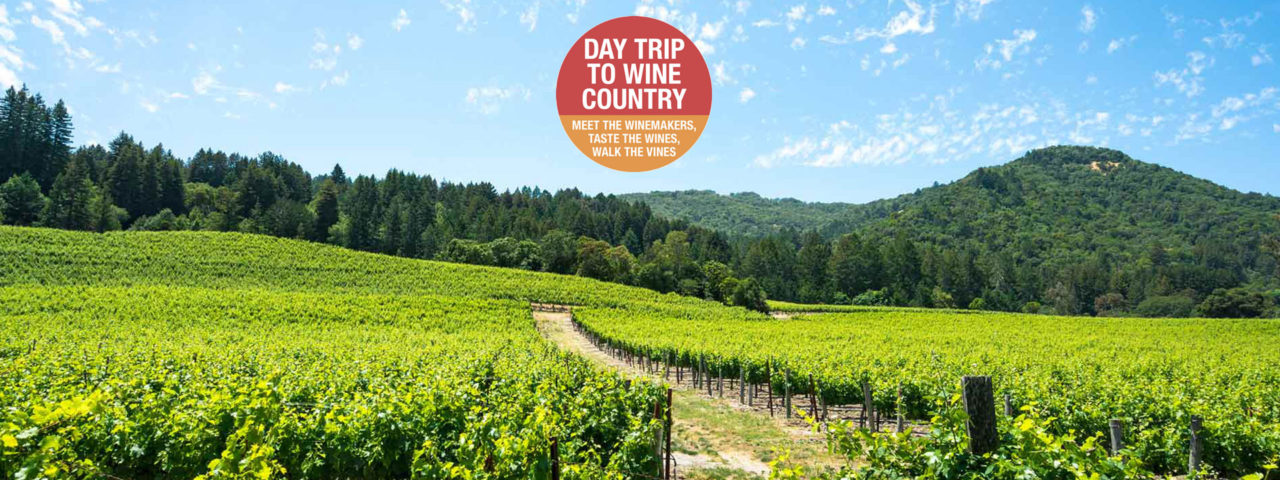
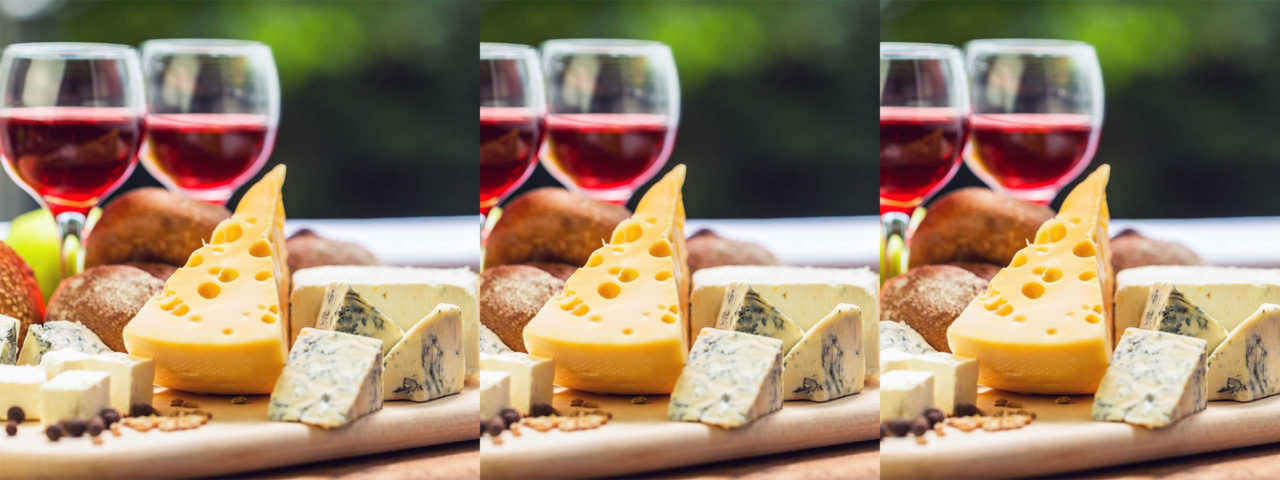
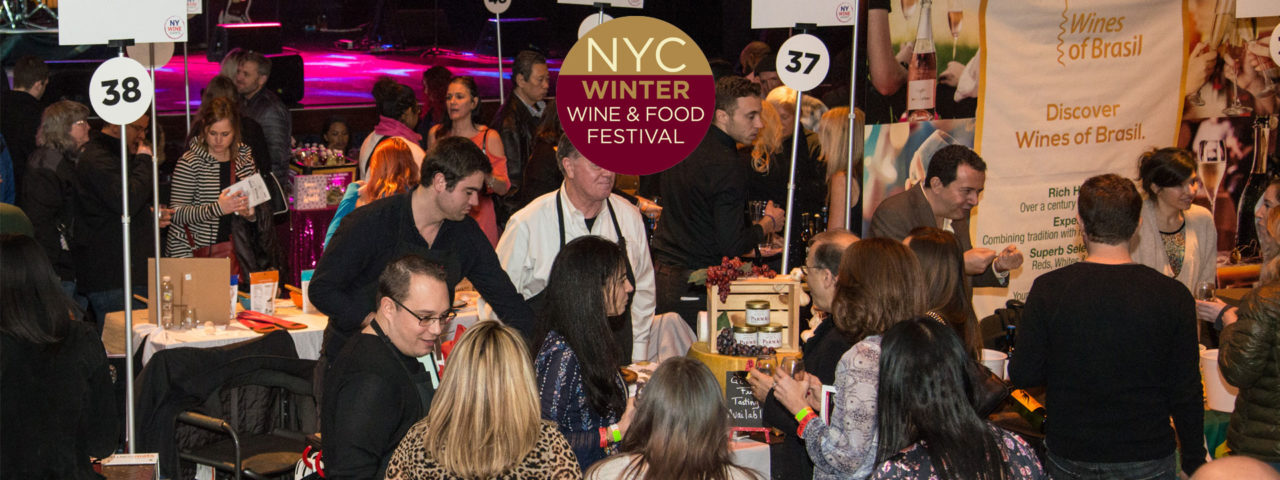
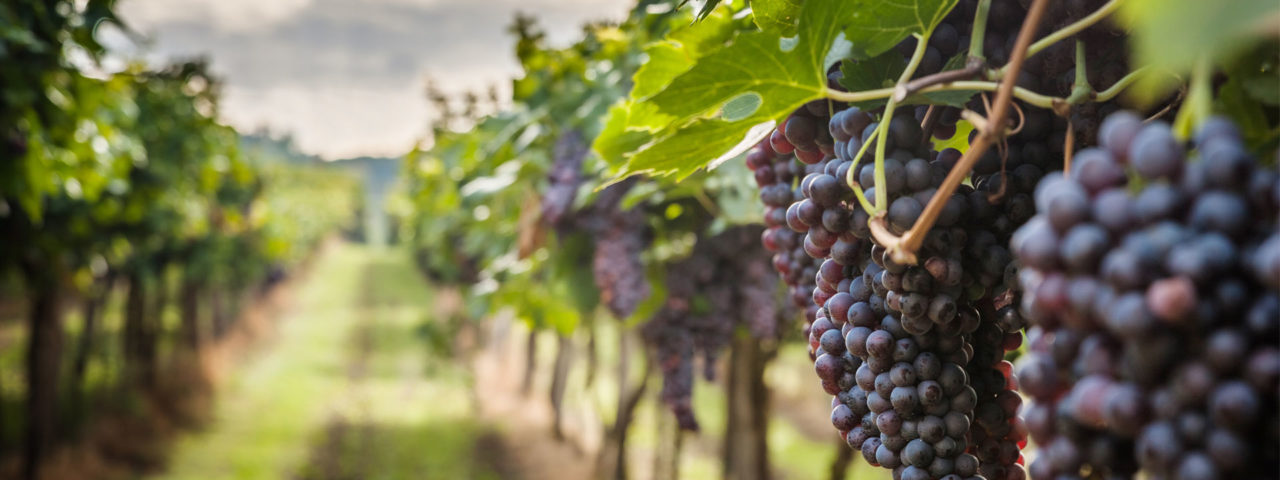
Join RG|NY winemaker Lilia Perez, for a unique tasting and blending session.
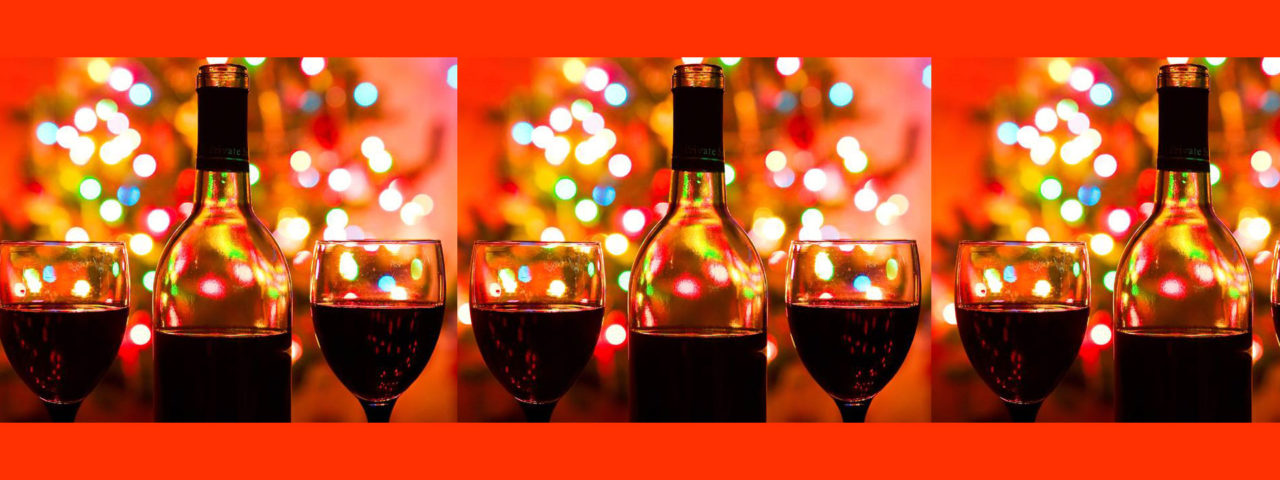
Don’t miss the ultimate holiday wine tasting event in the Hudson Valley. Sales end Thursday, Dec 12 at 11:59pm!
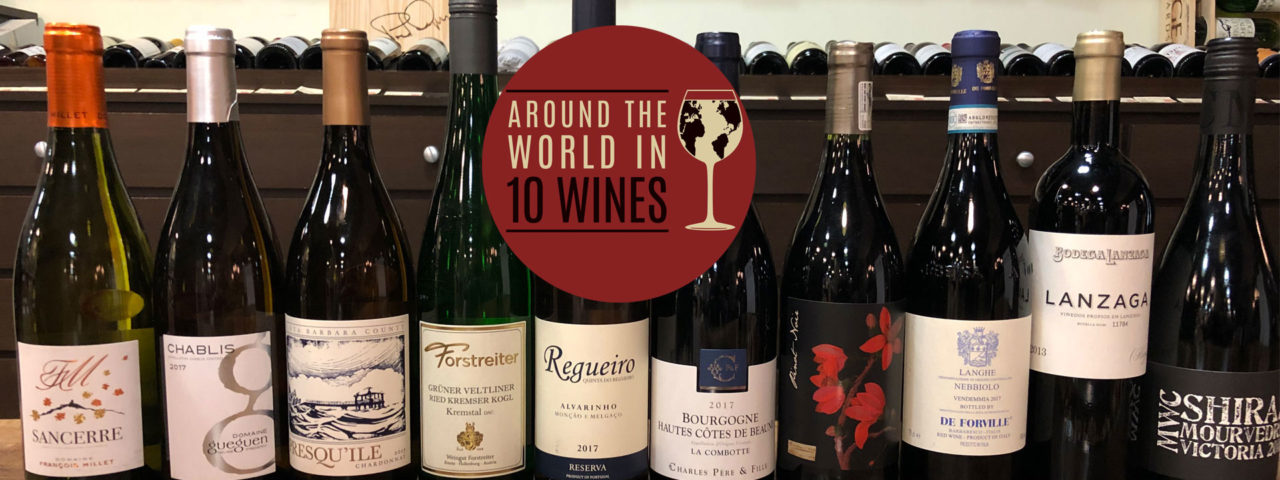
Experience a global tasting in 2 hours with award-winning artisan cheese and charcuterie

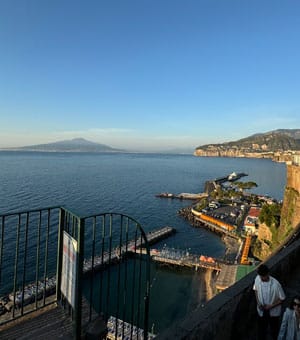
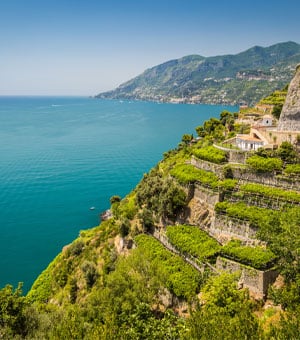
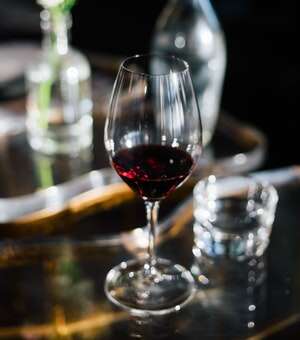
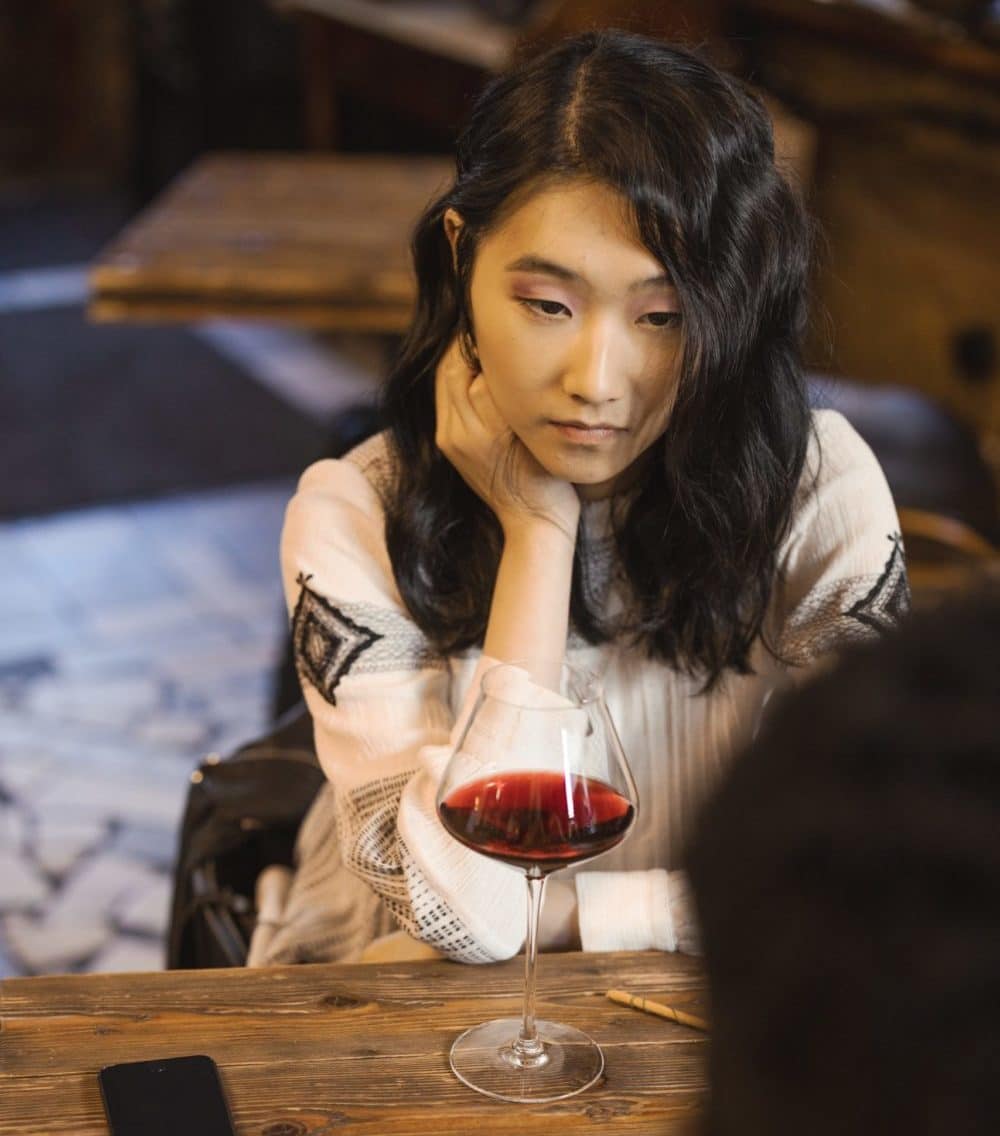

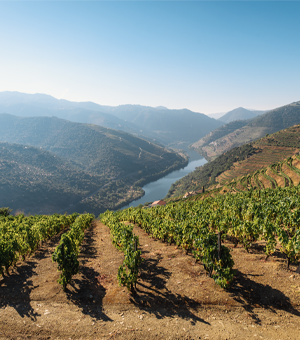
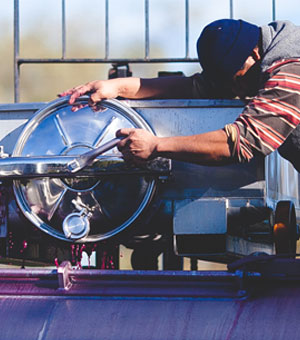
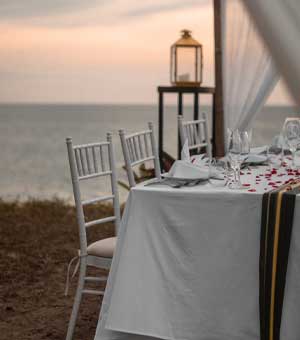
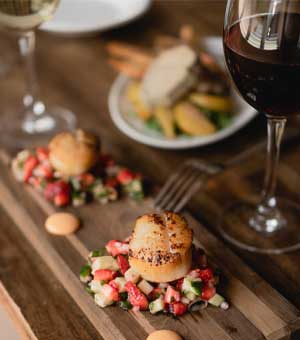
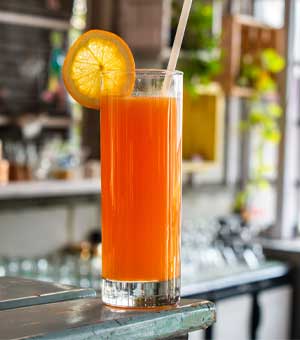
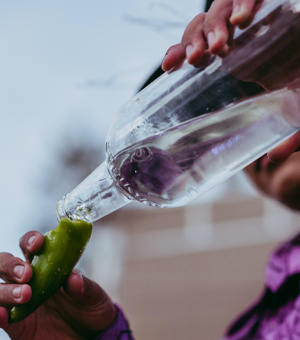
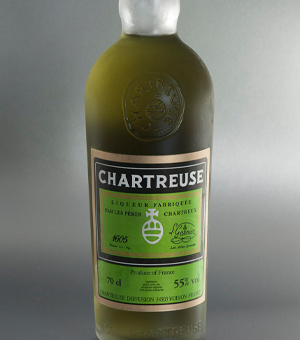

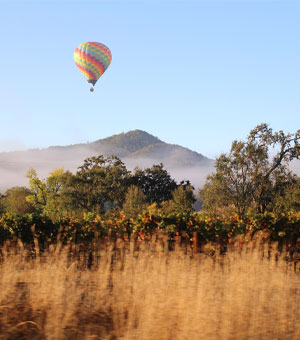
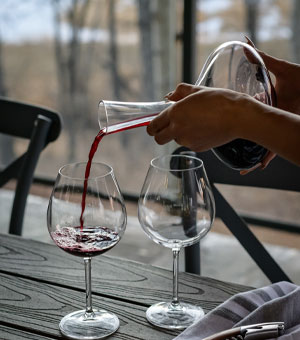
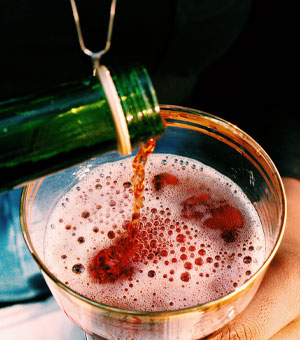

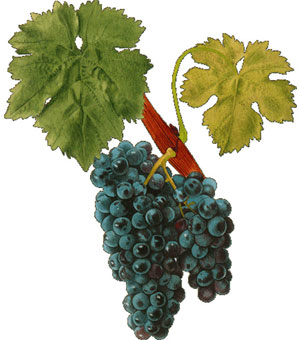

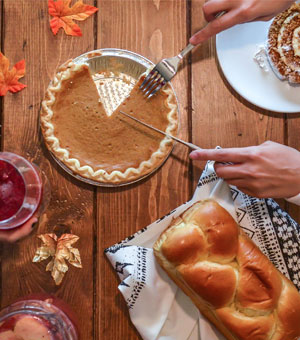
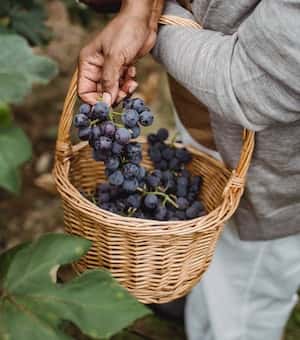
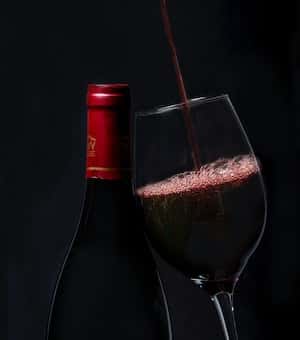

© 2025 Crush Wine Experiences DBA Winship Media. All rights reserved.
| Cookie | Duration | Description |
|---|---|---|
| cookielawinfo-checkbox-analytics | 11 months | This cookie is set by GDPR Cookie Consent plugin. The cookie is used to store the user consent for the cookies in the category "Analytics". |
| cookielawinfo-checkbox-functional | 11 months | The cookie is set by GDPR cookie consent to record the user consent for the cookies in the category "Functional". |
| cookielawinfo-checkbox-necessary | 11 months | This cookie is set by GDPR Cookie Consent plugin. The cookies is used to store the user consent for the cookies in the category "Necessary". |
| cookielawinfo-checkbox-others | 11 months | This cookie is set by GDPR Cookie Consent plugin. The cookie is used to store the user consent for the cookies in the category "Other. |
| cookielawinfo-checkbox-performance | 11 months | This cookie is set by GDPR Cookie Consent plugin. The cookie is used to store the user consent for the cookies in the category "Performance". |
| viewed_cookie_policy | 11 months | The cookie is set by the GDPR Cookie Consent plugin and is used to store whether or not user has consented to the use of cookies. It does not store any personal data. |
